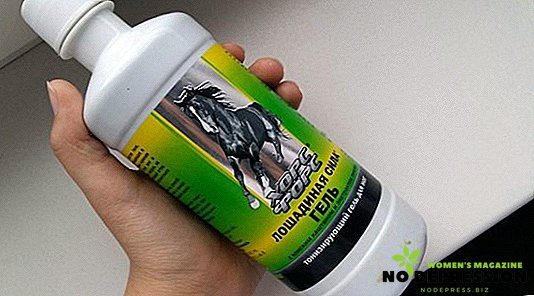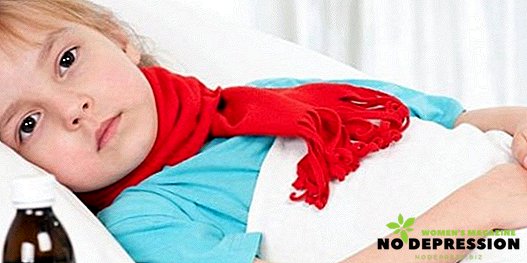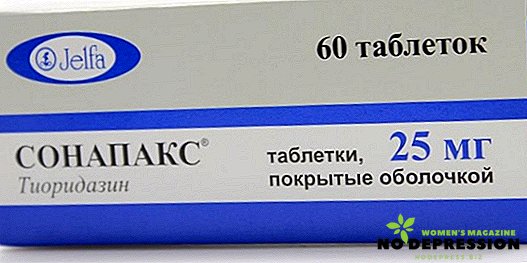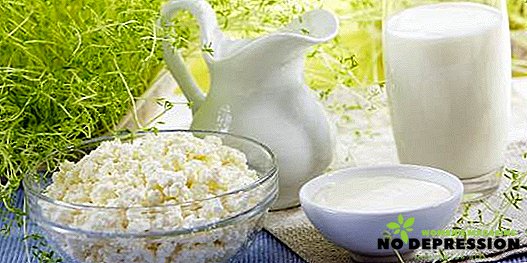If scratches or lesions appear on the skin, they should be treated with external ointments, this will stop the penetration of the infection. There are a variety of ointments for healing wounds and cracks: from burns, after surgery, with an antibiotic. It is very important to choose the right tool. In our article we will consider the most popular and effective drugs.
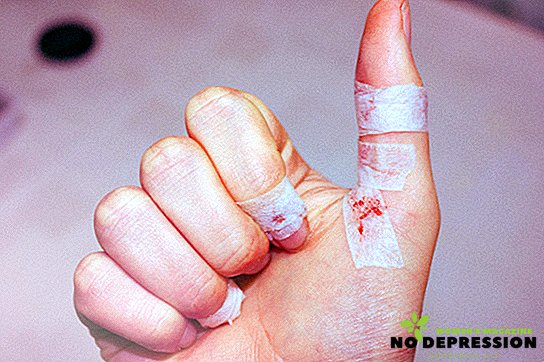
What are wound healing ointment
When purchasing such ointments should consider their main effect. For example, you need to choose the means depending on the cause of the appearance and nature of the wound. If the damage to the skin is deep, an antibacterial medicine with an analgesic effect should be used.
In case of inflamed damage, you can not do without antiseptic or antimicrobial ointment. If the wound is in the advanced stage, you can not do without a means to restore the skin.
The composition of these drugs are divided into:
- Antibiotics (or antimicrobials). Basis - amino acids, zymotrypsin. It should be used in combination with other creams.
- Ointment with herbal extracts, such as aloe juice, sea buckthorn, propolis. Their main task is to remove inflammation and restore skin.
What drugs will help you
 Before applying the selected ointment, you must first thoroughly wash the wound, treat it with hydrogen peroxide.
Before applying the selected ointment, you must first thoroughly wash the wound, treat it with hydrogen peroxide.
To speed up healing it is possible (if the scratch is small) Argosulfan can be used. Due to the presence of ions and sulfathiazole silver, this cream has an antibacterial effect.
In addition, it can be applied both on open areas and under dressings. The cream not only heals wounds, but also has an antimicrobial effect, helps to avoid the appearance of a scar.
With open wounds
If we are talking about an open wound, you can begin to treat it with ointment only after it dries a little. Apply a thin layer of ointment. It is best to use drugs such as:
- Baneocin. It consists of two antibiotics. Can be used in the presence of deep wounds, burns, used to soften the stitches after surgery.
- Levomekol acting on the site of infection.
- Solcoseryl. This ointment is made from calf blood extract. Helps restore tissue, removes pain.
- Zinc ointment, which is the most inexpensive option. Helps to quickly heal wounds, dries tissues.
Postoperative sutures
 Most often, the sutures are removed 1-2 weeks after surgery. All this time they need to be treated with antiseptics every day. You can use tools such as:
Most often, the sutures are removed 1-2 weeks after surgery. All this time they need to be treated with antiseptics every day. You can use tools such as:
- Levomekol;
- Bepanten cream;
- Dioxysol
From burns
In this case, the tool is chosen, given the degree of burn. If we talk about 1 or 2 degree, you can use local anesthetic or regenerating ointments. For severe lesions of the skin, when there are blisters or blisters, it is worth using antimicrobial ointments, for example Fuzimet.
If the burn is of a chemical nature, it is best to choose Actovegin Ointment.
Abrasions
When small abrasions appear, it is best to immediately treat the small wound with Rescue-man balm. The main thing is to pre-clean the dirt and sanitize. The second place is surely taken by the remedy Bepantin, and it can be used even for newborns, during pregnancy, while breastfeeding, if nipples hurt.
Bedsores
The main danger of bedsores is that if they are present, blood circulation is disturbed, an infection can get into the wounds, which can lead to rotting. To avoid this, you need to start treatment with a drug like Solcoseryl.
And at the very beginning of treatment, you need to use a 25% gel, towards the end, when the wounds start to heal, you can switch to 5%.
Another well-known ointment is Algofin, which contains chlorophyll. Agrosulfan and Sulfargin on the basis of silver show themselves well.
Purulent wounds
In the treatment of purulent wounds, it is necessary to use oily, for example, petrolatum-based products, preferably with an antibiotic. Known means include:
- Ichtyl ointment, which will relieve pain, and will have a bactericidal effect. Just soak a piece of fleece cream, put on top of the damaged area of skin, close the parchment and fix, using a bandage or patch.
- Vishnevsky ointment, which quickly pulls pus from the wound.
- Syntomycin ointment. In its composition there is an antibiotic. Helps to cope with infected wounds.
- Streptocid ointment. It is effectively used for purulent abrasions and wounds.
Wounds in mouth
If you find damage in the oral cavity, then you should use dental tools, such as Holisal or Kalgel. They are very effective in stomatitis or diseases, when wounds appear on the gums. Means have an anesthetic effect, help to reduce inflammation.

Diabetes
Wounds in diabetics are very poorly healed, because they have greatly reduced immunity, even in treated wounds, cracks may appear. Because it is so important to immediately treat the damage, so that there are no complications.
It is best to use antibiotics such as Levocin. You can also use methyluracil ointment.
Choosing regenerating drugs
At the last stage of healing, epithelization of the wounds occurs: a new tissue begins to appear, turning into a connective tissue scar, new tissues are growing. To avoid the appearance of a scar, you should use the means for regeneration.
 These include:
These include:
- Ointment based desquantinol, such as Panthenol. Such funds soften the skin, accelerate the recovery process.
- Sea buckthorn oil is an ecoproduct that accelerates cell repair.
- In any form, you can use Actovegin.
You should also use vitamin preparations, which should include vitamin E and retinol, for example, Aekol, which will improve immunity. All aloe-based products have anti-inflammatory and antibacterial effects.
Reviews ointments
In winter, the child received a slight frostbite. To relieve pain and restore skin, they used sea buckthorn oil and made compresses. Due to this, there was no inflammation, pus - it took just a couple of weeks to recover. If I get such damage, for example from a knife when cutting food, then I prefer to use Levomekol.
Renata, 33 years old
Recently I got a deep cut - slipped and fell. At first I used Vishnevsky ointment, but it did not help - some pus still remained in the wound. Moved to Levomekol, as advised by the doctor, said, there is an antibiotic. It took just a couple of days, and the wound began to heal.
Olga, 19 years old
As you can see, there are many options: you need to choose based on the cause of the wound, the condition of the skin. Also, before using the ointment, carefully read the instructions to the drug.


